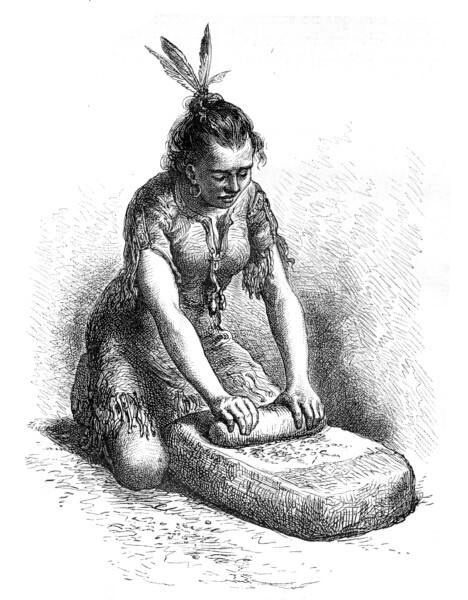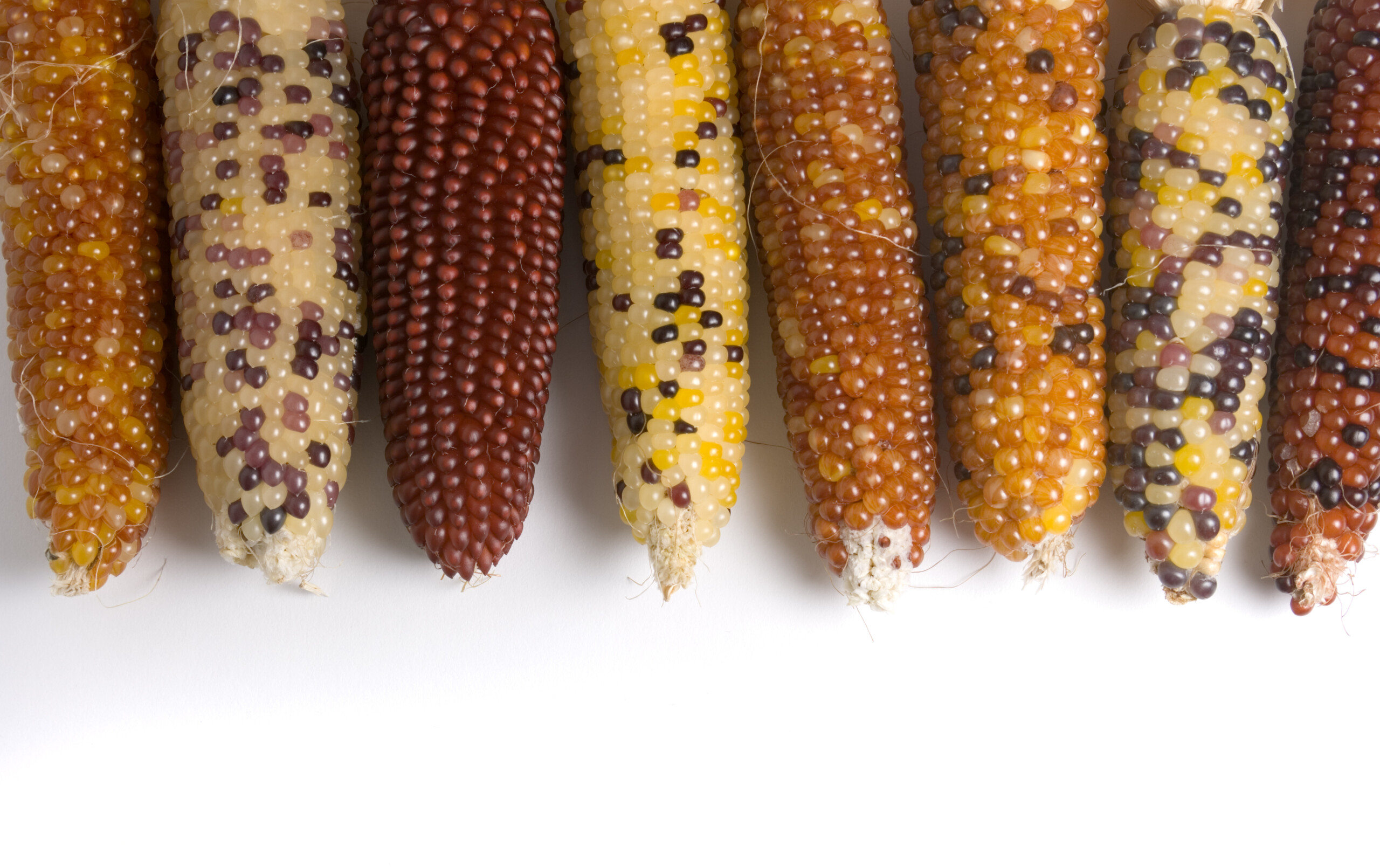Corn is one of the most significant economic agricultural products on Earth.
An iconic American food crop grown as one of the three sisters (with beans and squash), it’s known as Hopi blue corn, required for succotash and forever tied to the Midwest and the first Thanksgiving.
Before the pilgrims were sharing their first meal of thanks, corn had long been an important crop to the people of the Americas and had been a staple food crop in Arizona for thousands of years.
Zea mays ssp mays is a cultigen that requires human intervention to propagate and is derived from a grass native to southwestern Mexico. Some 9,000 years ago, the ancestor of modern corn was cultivated. Corn dating to 6,000 years ago appears in archeological sites in South America and to 4,500 years ago in northern Mexico. In 2009 in Tucson, archeologists recovered specimens of corn 4,100 years old from along the Santa Cruz River — the oldest corn found in what is now the United States.
Corn was likely a supplemental food source at first. Early varieties were only 1 inch in length and had only one cob per plant. Over time, different varieties were traded into Arizona and the Southwest, or were developed locally.
Prehistoric peoples primarily grew popcorn, dent, flint, flour and sweet corn. Popcorn, one of the oldest varieties of corn, has a hard, brittle kernel. When heated, it pops. The popped corn was then ground and made into a coarse meal and added to dishes.
Flint corn has a hard outer protective layer over the kernel, is less susceptible to insect and rodent predation, and stores well for long periods. The kernel of dent corn shrinks when dry due to the soft interior of the kernel and appears dented. Flour corn appeared in southern Arizona about 1,600 years ago and became increasingly popular over time. Around 800 years ago, in the largest communities like those at Casa Grande Ruins in Coolidge or Pueblo Grande in Phoenix, people began to use comals, a ceramic plate-like surface used historically to make tortillas. Flour corn remains the preferred variety for cornmeal, pinole, Hopi ceremonial Piki bread, atole, etc. Sweet corn is sweet and enjoyed straight off the cob.
People in prehistoric communities found in Pinal, Maricopa and Pima counties aggregated to irrigated crops. They often had a surplus, as recorded by Father Kino in 1694 when he visited what is today Sacaton. In a large archeological community along the Gila River, east of Maricopa, corn kernels and cobs of Chapalote, Reventador and Oneveño corn from 800-1,600 years ago were recovered by archeologists.

Those varieties are still available today. Corn has for thousands of years been rooted in Arizona.
For further information about Heirloom corn and other native plants, visit Native Seed Search online or in Tucson. Ramona Farms (online) in Sacaton sells heirloom O’odham (Pima) corn for cooking. To learn more about prehistory of Arizona and the southwest, visit Archeology Southwest online and join their free newsletter.
Alycia Hayes is a Master Gardener volunteer working toward full certification with the University of Arizona.
This content was first published in the October edition of InMaricopa magazine.






![MHS G.O.A.T. a ‘rookie sleeper’ in NFL draft Arizona Wildcats wide receiver Jacob Cowing speaks to the press after a practice Aug. 11, 2023. [Bryan Mordt]](https://www.inmaricopa.com/wp-content/uploads/2024/04/cowing-overlay-3-218x150.png)



![Maricopa’s ‘TikTok Rizz Party,’ explained One of several flyers for a "TikTok rizz party" is taped to a door in the Maricopa Business Center along Honeycutt Road on April 23, 2024. [Monica D. Spencer]](https://www.inmaricopa.com/wp-content/uploads/2024/04/spencer-042324-tiktok-rizz-party-flyer-web-218x150.jpg)


![Alleged car thief released without charges Phoenix police stop a stolen vehicle on April 20, 2024. [Facebook]](https://www.inmaricopa.com/wp-content/uploads/2024/04/IMG_5040-218x150.jpg)




